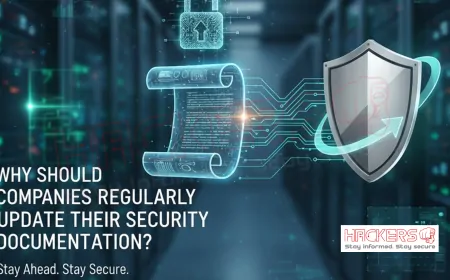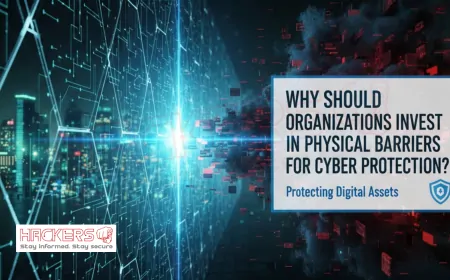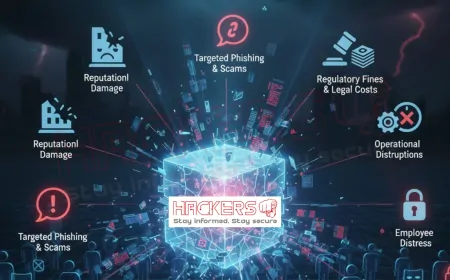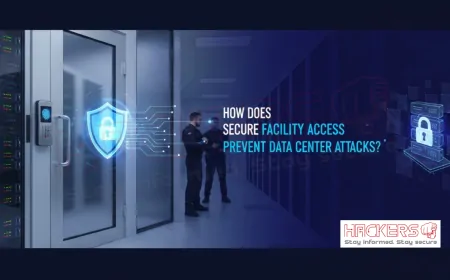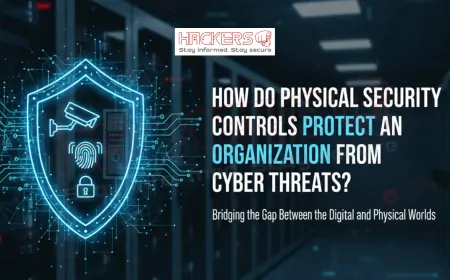Why Is User Training Still the Most Effective Defense Against Cyberattacks?
Imagine opening your email one morning and spotting a message that looks just like it's from your boss, asking for urgent financial details. You click the link without a second thought, and suddenly, your company's network is compromised. Stories like this happen every day, and they highlight a simple truth: in the battle against cyberattacks, people are often the weakest link. But here's the flip side: with proper training, those same people can become the strongest shield. Even in 2025, when advanced tools like AI and firewalls are everywhere, user training remains the most effective defense. Why? Because most breaches start with human error, and education empowers individuals to spot and stop threats before they escalate. In this blog post, we'll explore the reasons behind this, backed by recent statistics and real-world examples. We'll break it down simply, so whether you're a business owner, an IT newbie, or just curious about online safety, you'll walk away with practical insights.
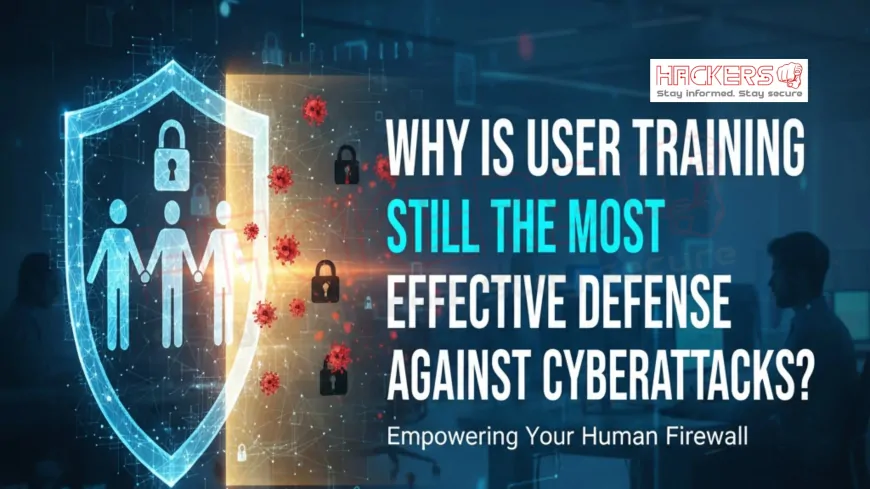
Table of Contents
- The Persistent Threat of Cyberattacks
- The Human Factor in Breaches
- What Makes User Training Effective?
- Key Elements of Successful Training Programs
- Comparing Training to Other Defenses
- Benefits of Investing in User Training
- Challenges and How to Overcome Them
- Real-World Case Studies
- Future Trends in User Training
- Best Practices for 2025
- Conclusion
- FAQs
The Persistent Threat of Cyberattacks
Cyberattacks are not going away anytime soon. In fact, they are getting more sophisticated and frequent. From phishing emails that trick you into giving away passwords to ransomware that locks up your files until you pay up, these threats cost businesses trillions each year. According to experts, cybercrime could reach $10.5 trillion in damages by the end of 2025.
But why focus on user training amid all this? Because technology alone cannot keep up. Hackers are always finding new ways around software defenses. Firewalls and antivirus programs are great, but they rely on users to make smart choices. For instance, if someone downloads a malicious attachment, no amount of tech can always prevent the fallout. This is where training steps in: it teaches people to recognize red flags, like suspicious sender addresses or urgent requests for sensitive info.
In 2025, with remote work still common and AI making fake emails harder to spot, the need for vigilant users is higher than ever. Organizations that ignore this risk facing not just financial losses, but also damaged reputations and legal troubles. Training turns passive employees into active defenders, making it a timeless strategy in an ever-changing digital world.
To understand this better, consider how attacks evolve. Early threats were simple viruses, but now we have deepfakes and social engineering, where attackers manipulate emotions to gain access. Training adapts to these, keeping users one step ahead.
The Human Factor in Breaches
Let's talk numbers. Studies show that human error causes a staggering 95% of data breaches.
Why does this occur? Humans are not machines. We get tired, distracted, or trusting. Phishing attacks, for example, exploit this by mimicking legitimate sources. In 2025, about 68% of breaches involve a human element, like stolen credentials or insider mistakes.
Insider threats add another layer. These come from within, sometimes accidentally, like sharing files insecurely. Training helps by building awareness, turning potential vulnerabilities into strengths. It's like teaching someone to lock their doors: simple, but effective against common burglars.
Recent data from 2025 highlights that 90% of cyber incidents stem from human behavior, such as falling for scams.
What Makes User Training Effective?
User training works because it addresses the root cause: lack of knowledge. It equips people with skills to identify threats, like spotting phishing or using secure passwords. Unlike one-time fixes, training creates lasting habits.
Research shows positive effects. One study found that cybersecurity training reduces risks by 70%.
In 2025, training is evolving with AI to personalize lessons, focusing on weak areas. But even basic programs make a difference by fostering a security culture where everyone watches out for threats.
Effectiveness comes from regularity. Annual sessions are good, but ongoing reminders keep skills sharp. When users feel empowered, they report issues faster, stopping small problems from growing.
Key Elements of Successful Training Programs
A good program starts with basics: explain common threats and why they matter. Then, dive into specifics like password management and safe browsing.
- Interactive sessions: Use quizzes and simulations to engage learners.
- Role-based content: Tailor for different jobs, like finance teams handling sensitive data.
- Real-world examples: Share stories of breaches to show impacts.
- Measurement: Track progress with tests and feedback.
- Updates: Refresh content for new threats, like AI-generated scams.
These elements ensure training is not just a checkbox, but a valuable tool.
Comparing Training to Other Defenses
How does training stack up against tech like firewalls or encryption? Here's a quick comparison.
| Defense Type | Strengths | Weaknesses | Role of Training |
|---|---|---|---|
| User Training | Addresses human errors, adaptable. | Requires ongoing effort. | Core defense. |
| Firewalls/Antivirus | Automated protection. | Bypassed by social engineering. | Complements by teaching proper use. |
| Encryption | Secures data in transit. | Useless if keys are shared insecurely. | Teaches handling of encrypted data. |
As seen, training fills gaps where tech falls short.
Benefits of Investing in User Training
The payoffs are huge. First, fewer breaches mean lower costs. With average breach expenses in millions, prevention saves money.
Second, compliance. Laws like GDPR require training to protect data.
Third, better morale. Employees feel confident and valued when equipped to handle threats.
Fourth, reputation boost. Customers trust secure companies.
Finally, scalability. Trained teams handle growth without proportional risk increases.
Challenges and How to Overcome Them
One hurdle is engagement. Boring sessions lead to forgetfulness. Solution: Make them fun with games or rewards.
Time constraints: Busy staff resist long trainings. Fix: Use short, online modules.
Measuring impact: Hard to quantify. Use metrics like reduced phishing clicks.
Resistance: Some see it as unnecessary. Involve leaders to set examples.
Real-World Case Studies
In 2024, a healthcare firm avoided a major breach through training. Employees spotted a phishing attempt mimicking a supplier, thanks to simulations.
Another: A bank reduced incidents by 40% after role-based programs.
Contrast with failures: Companies like Equifax suffered due to unpatched systems, but training could have prompted quicker action.
Future Trends in User Training
In 2025, AI personalizes training, predicting risks.
Zero trust models integrate training, verifying actions continuously.
Focus on gen AI threats, like deepfakes.
Best Practices for 2025
Follow these:
- Assess needs first.
- Use diverse methods: online, in-person.
- Include phishing tests.
- Update regularly.
- Encourage reporting.
Conclusion
To sum up, user training is the most effective defense because it tackles human error, the main cause of breaches. With stats showing 95% of incidents linked to people, investing here pays off in reduced risks, costs, and better culture. While challenges exist, best practices and trends like AI make it easier. In 2025, prioritize training for robust protection.
What causes most cyberattacks?
Human error, like clicking phishing links, accounts for up to 95% of breaches.
Why is training better than tech?
It prevents errors that bypass tech defenses.
What is phishing?
A scam where attackers pose as trusted sources to steal info.
How often should training occur?
Regularly, at least annually, with ongoing reminders.
Can small businesses afford training?
Yes, many free or low-cost options exist.
What are simulations?
Fake attacks to practice responses.
Does training reduce risks?
Yes, by up to 70% in some studies.
What is social engineering?
Manipulating people to gain access.
Why update training?
Threats evolve, like AI scams.
What metrics track success?
Reduced incidents, better test scores.
How to engage employees?
Use games and real examples.
Is training mandatory?
Often yes, for compliance.
What about remote workers?
Online modules work well.
Can training stop all attacks?
No, but it minimizes many.
What trends for 2025?
AI personalization and VR.
How to start a program?
Assess risks, then build content.
What if someone fails tests?
Provide extra help, not punishment.
Does it help compliance?
Yes, meets legal requirements.
What role do leaders play?
Set examples and support.
Why focus on humans?
They are the first line of defense.
What's Your Reaction?







